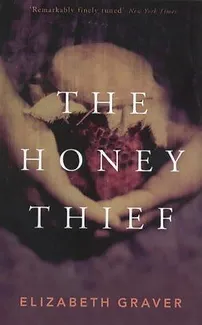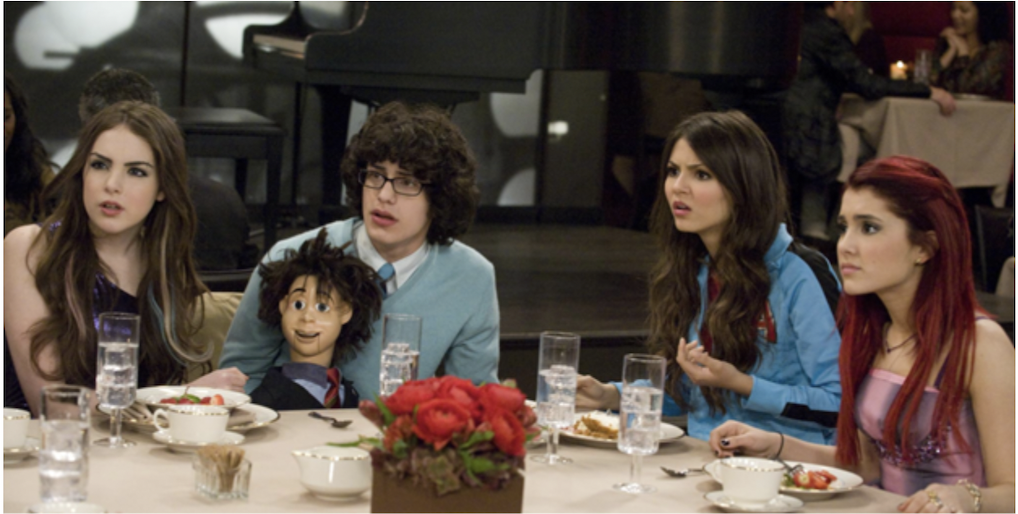“They made her dizzy; they made her happy,” is what protagonist Eva says to express her newfound affection towards the life of honeybees in Elizabeth Graver’s novel, “The Honey Thief.” Such a phrase is also fitting for the fiction work, which instills a jubilant, coming-of-age wonder while dizzying readers with its perplexing ending and cliché conflicts.
“The Honey Thief” details the hardships eleven-year-old Eva faces when she moves from her big-city home in Manhattan to small-town New York State. The book follows Eva and her mother, Miriam, who is a single mom and a Jewish paralegal.
Miriam decides that Eva needs a change of pace from their NYC home after her most recent strand of shoplifting. It’s evident to throughout the novel that Eva exhibits strong signs of kleptomania, a disorder that triggers impulsive acts of stealing.
The mother-daughter duo relocates to a quaint town in the Finger Lakes of New York. Having a difficult time adjusting, Eva explores her new location, stumbling upon a friendship with a local beekeeper, Burl. All the while, Miriam is still coping with raising her daughter alone and struggling with the loss of those close to her in her lifetime.
Readers get plenty of overused scenarios throughout the novel. Graver paints cliché themes such as the bond between mother and daughter, a young girl attempting to “find herself” and the struggle of puberty or coming-of-age crises.
This makes the novel comfortable, yet entirely too predictable. While there are certainly unforeseeable twists that occur in the fiction, as most novels have at least one corkscrew so readers get thrown off the rails, the story isn’t something we haven’t seen before.
However, while cliché, if you’re looking for a charming and easy read, this one’s for you. At 261 pages, “The Honey Thief” is a quick, leisurely story.
It boasts some less lackadaisical ideas such as religious identity, since young Eva frequently ponders her sense of faith. With her mother being born Jewish and her birth father being a devout Catholic, the novel dives deeper into Eva’s sense of self through religion.
I loved how the author allowed the reader to experience the emotions of a child firsthand, totally immersing the reader into the life of Eva.Also, I adored how Graver gave the audience three different perspectives, lending the reader the eyes and mind of not only Eva, but also those of Miriam and Burl. This added depth to the novel that otherwise would have been ridiculously stereotypical.
When this novel came to a close, I was disappointed. Right when the reader reaches a point in the novel in which something of substance occurs, something deeper than family stories and Eva’s shenanigans, the novel ends. The last pages left me wanting more, hungry for a next chapter or resolution, or even a follow-up installment.
The pages prior to the abrupt ending were marvelous; as a reader, I felt that Graver was just getting started. It was almost as if Graver grew tired of the novel and stopped writing, offering an alternate ending rather than a decent conclusion.
But alas, as far as we know, Graver is not in the process of producing a second book.
“The Honey Thief” is a spectacular book with an ending that just falls short. If you’re unwilling to consider crafting a better finale for this book yourself, I’d label it as a “don’t read.”

Elizabeth Graver’s “The Honey Thief” tells a compelling story in spite of its anticlimactic conclusion.






















